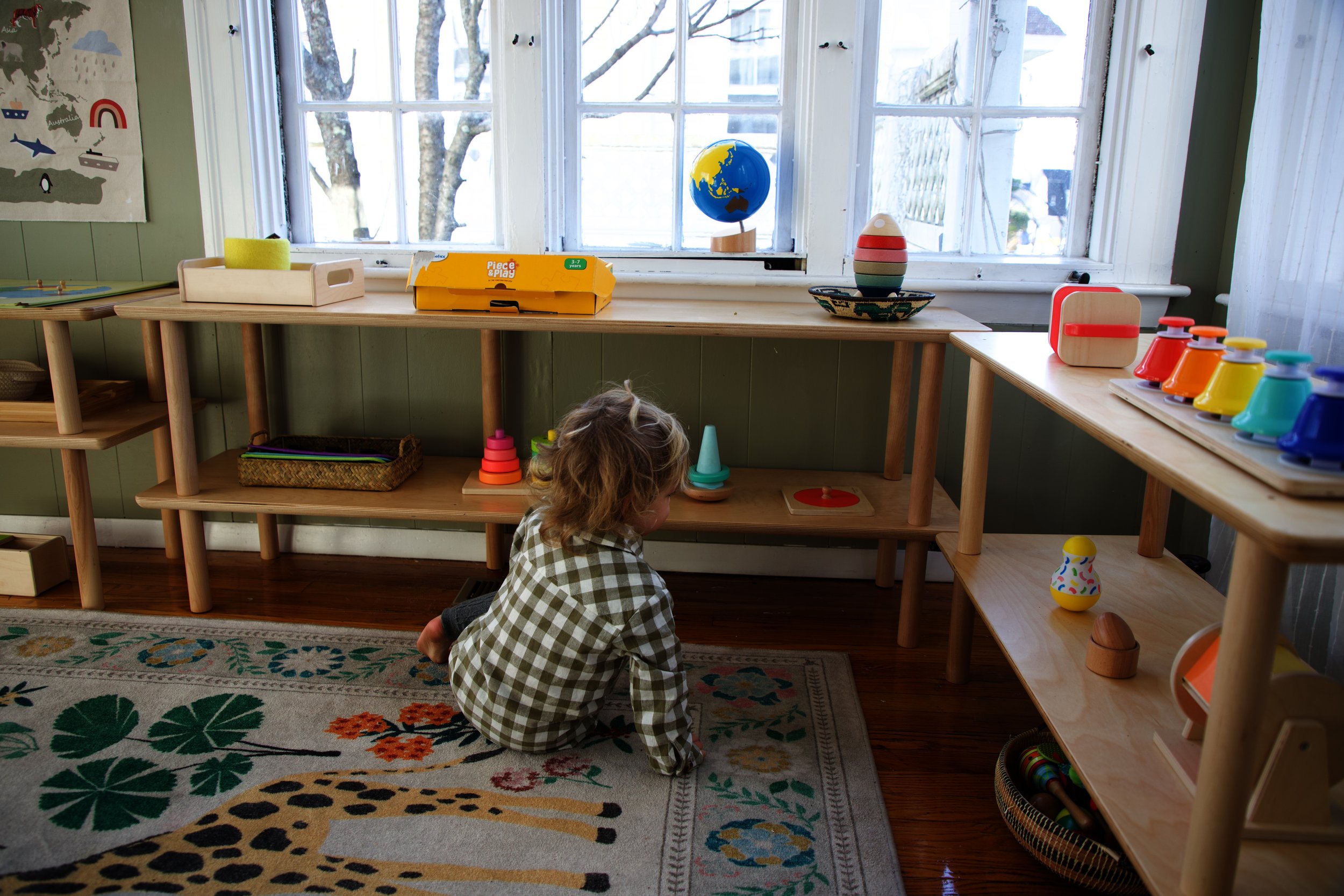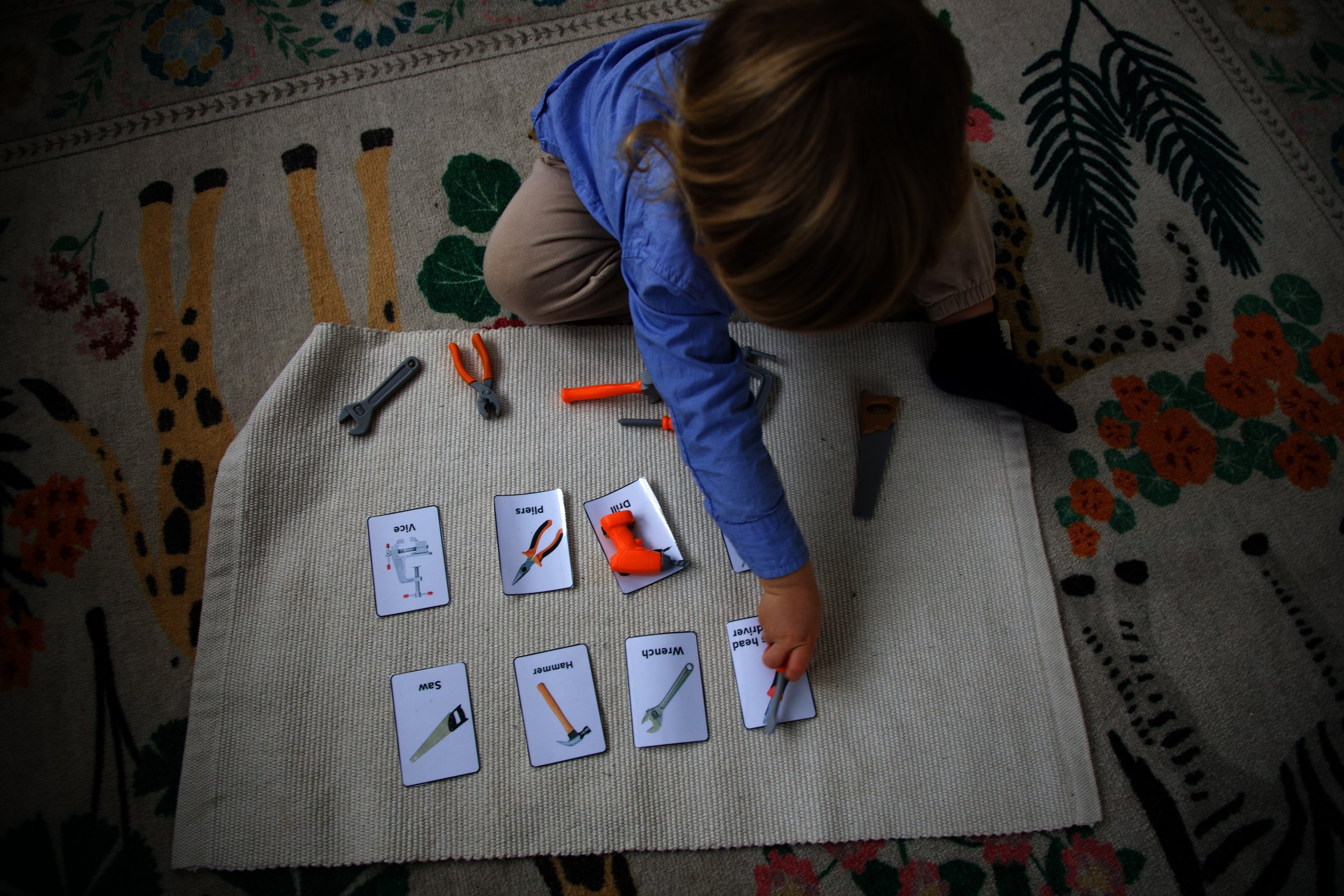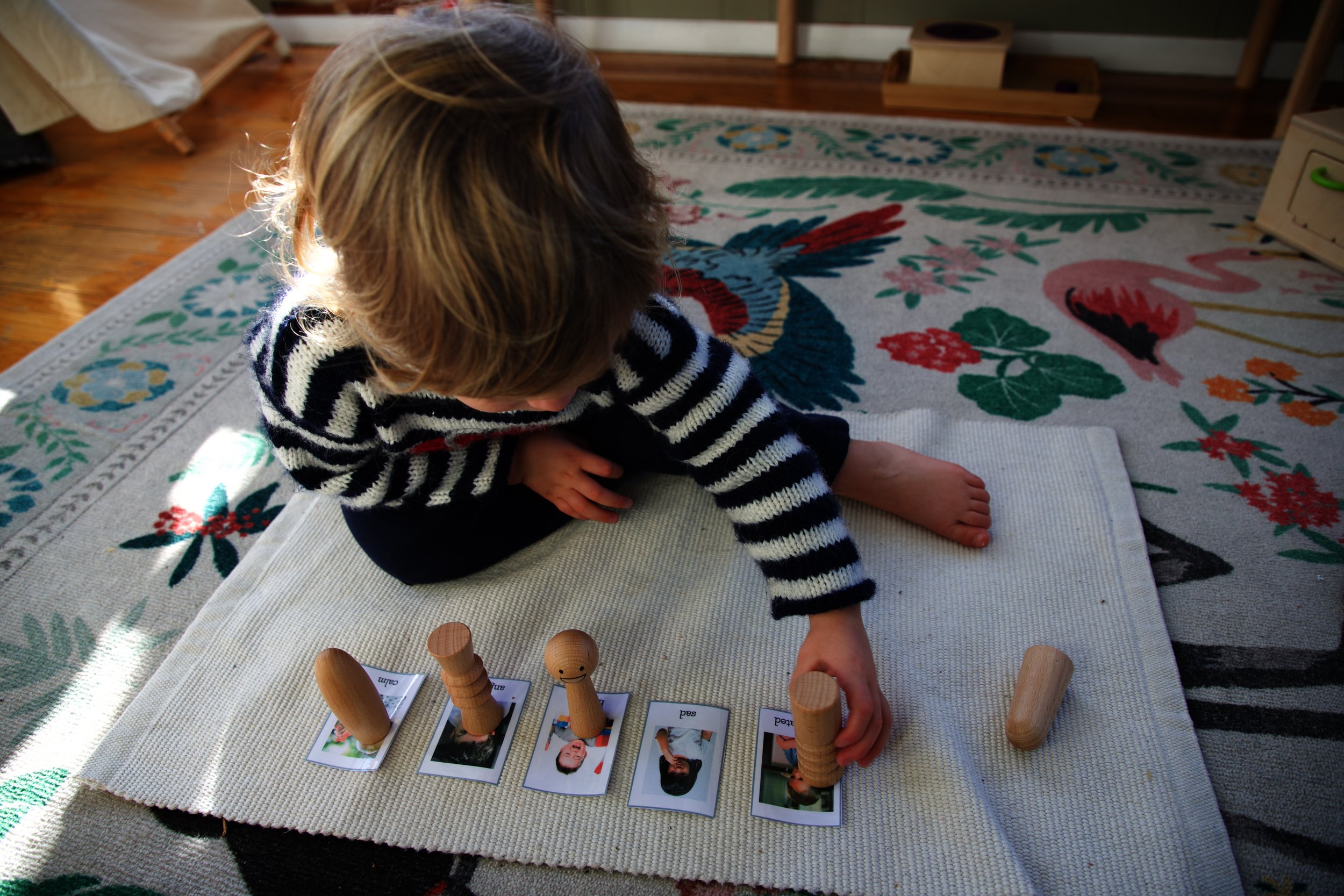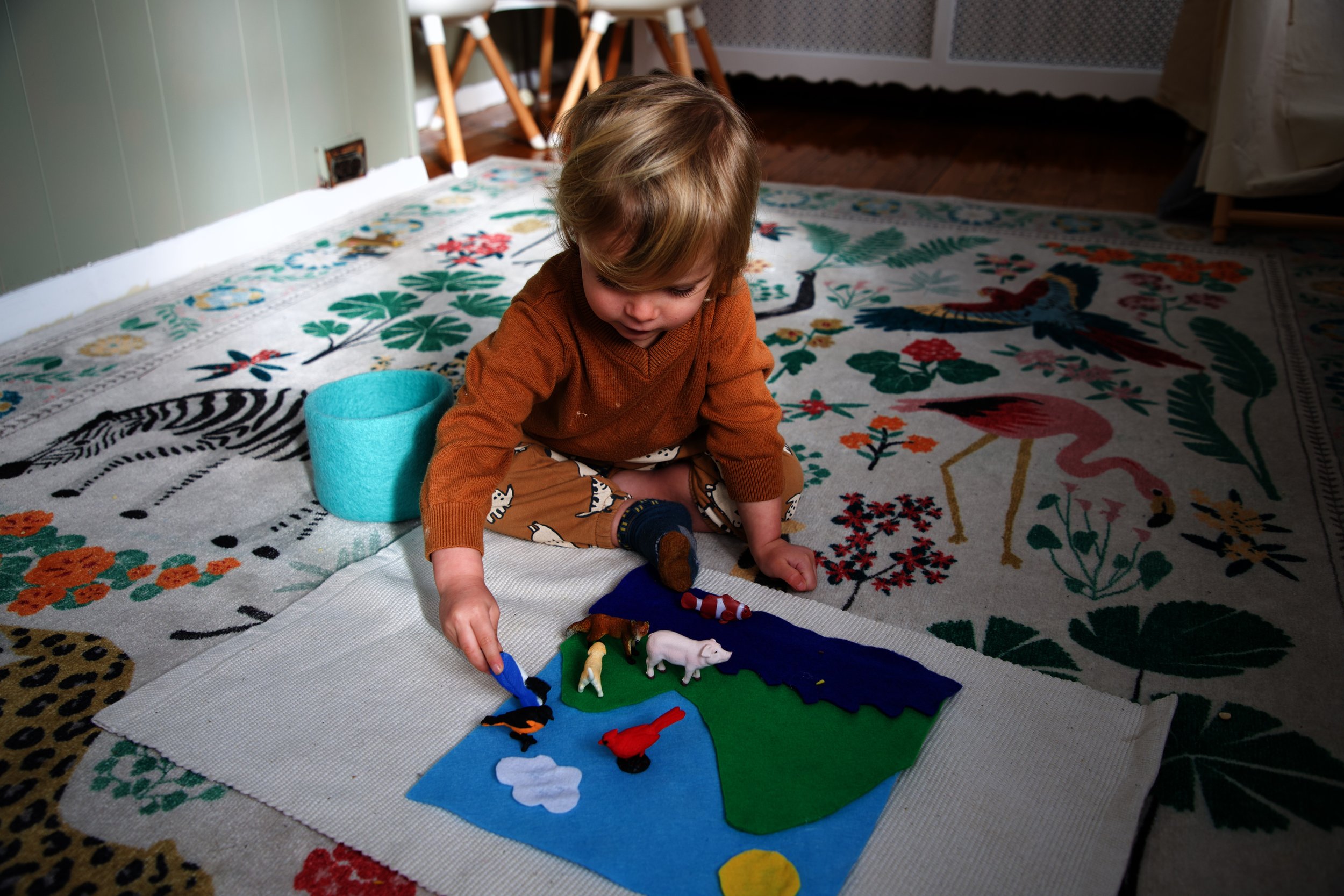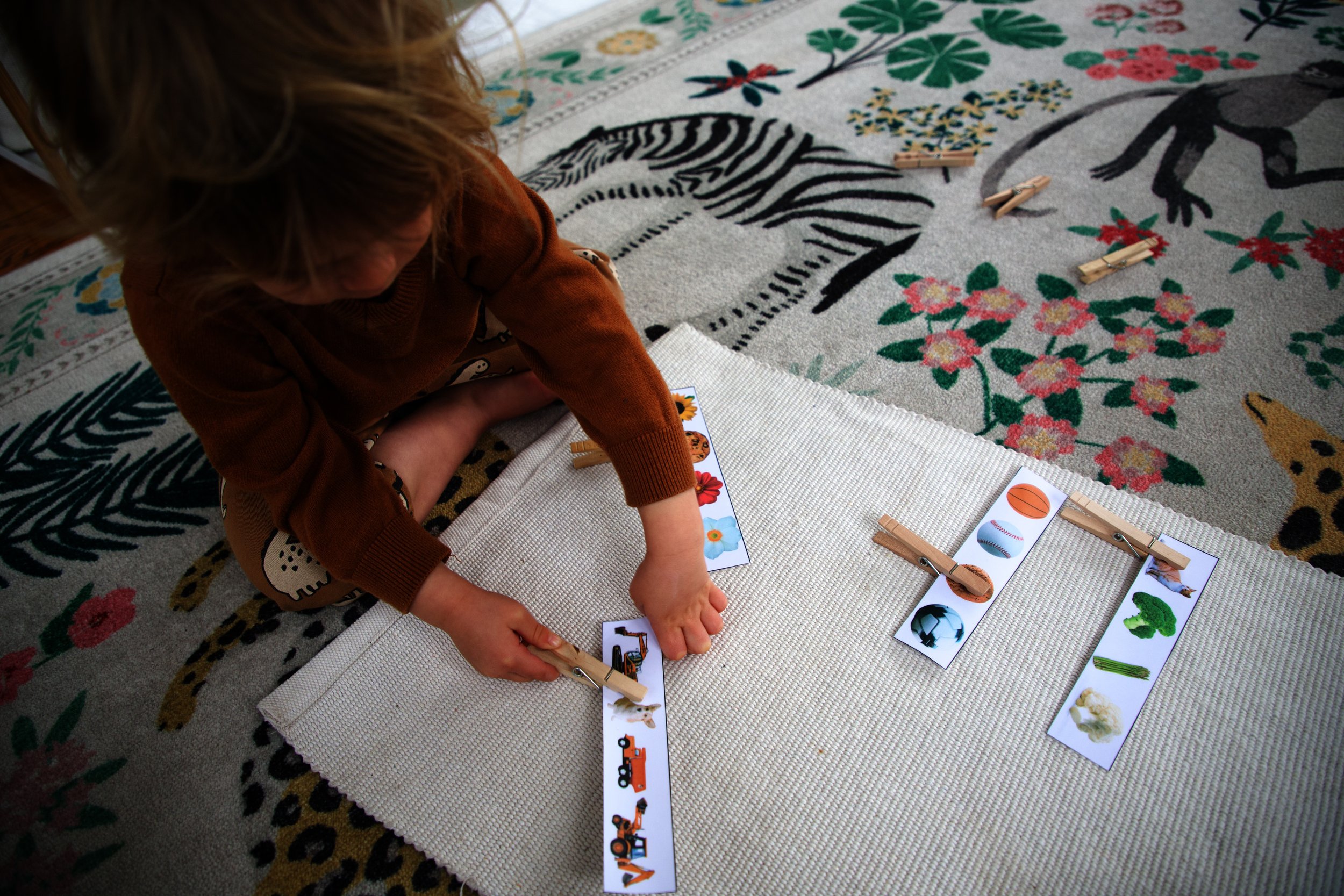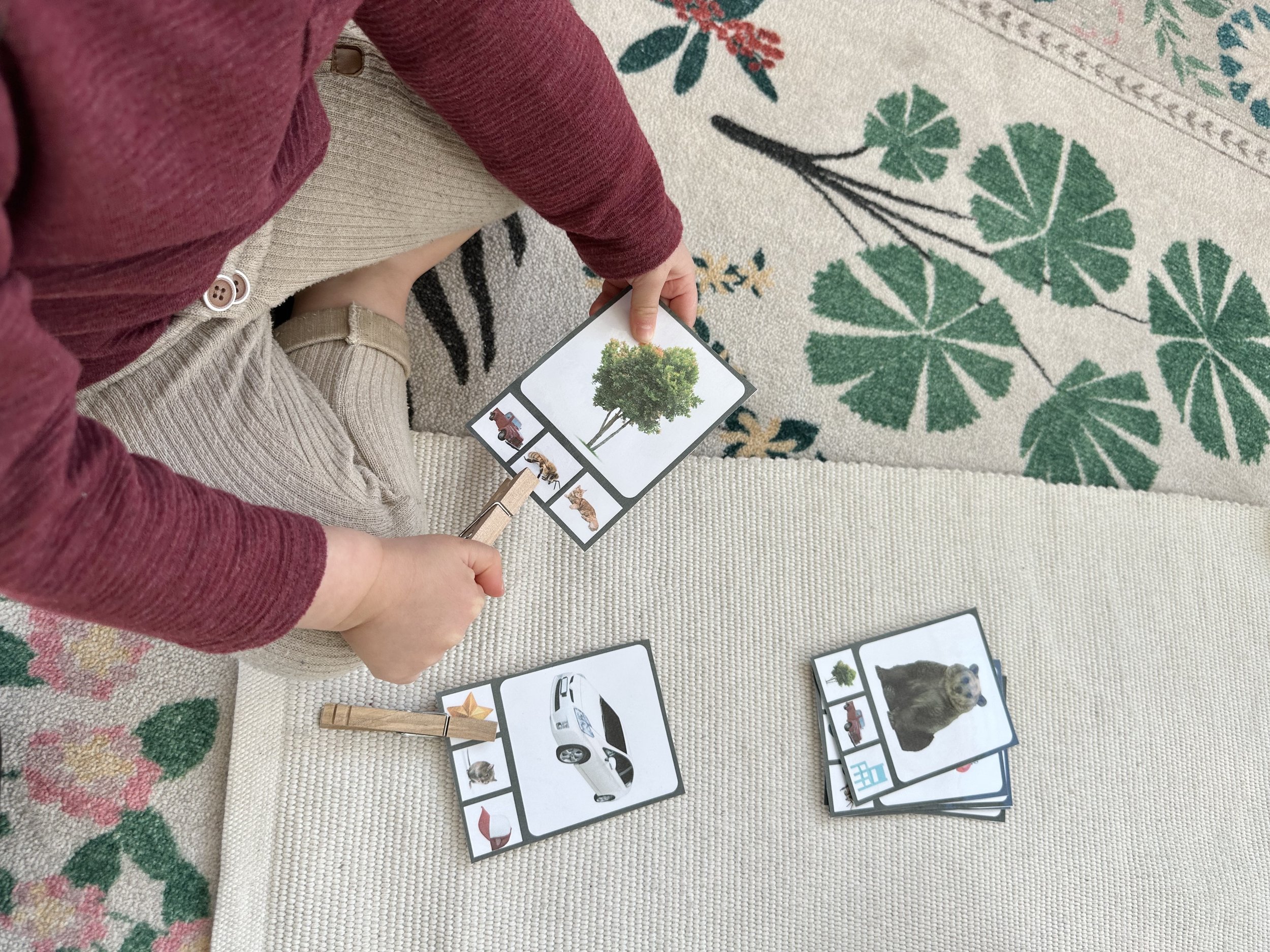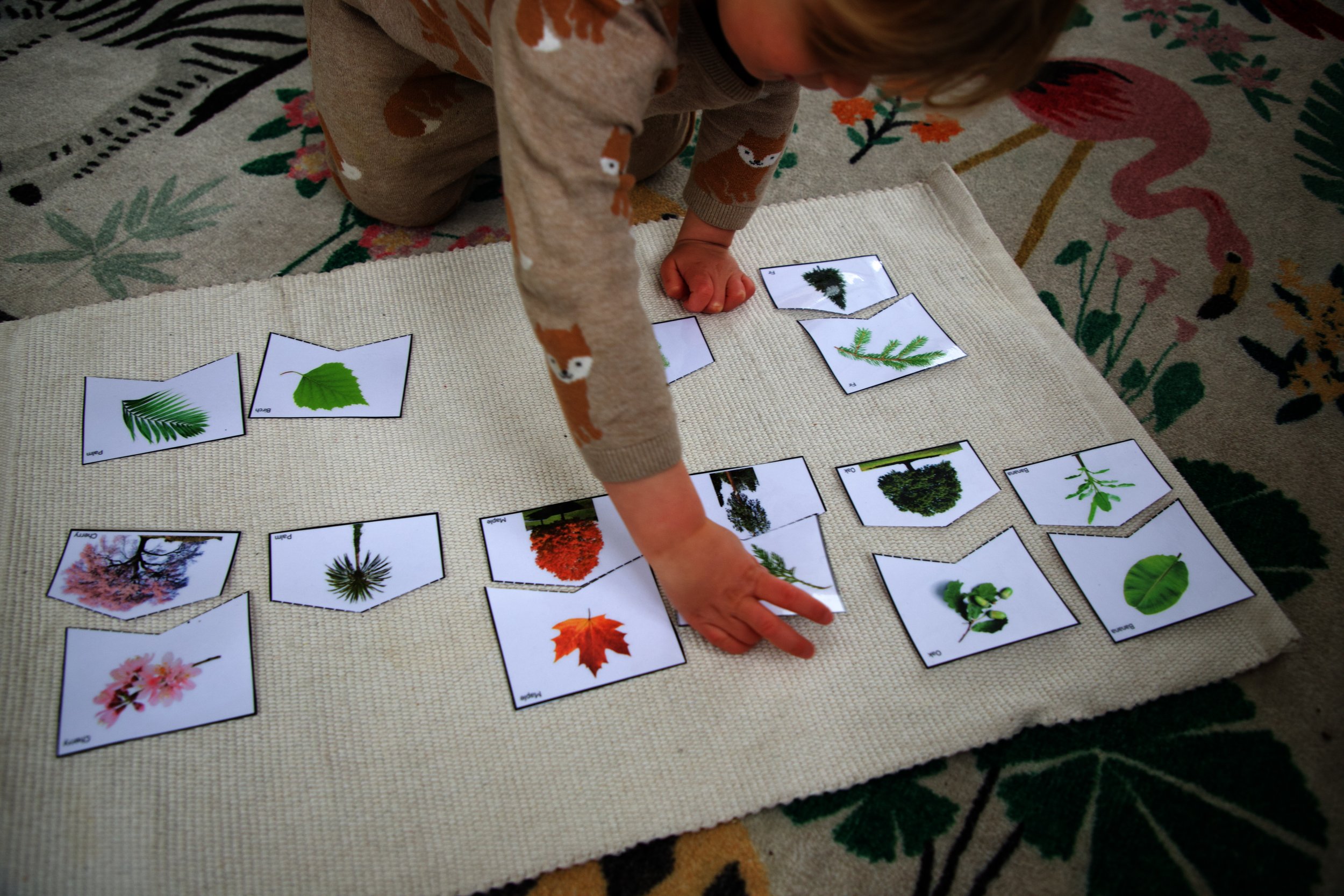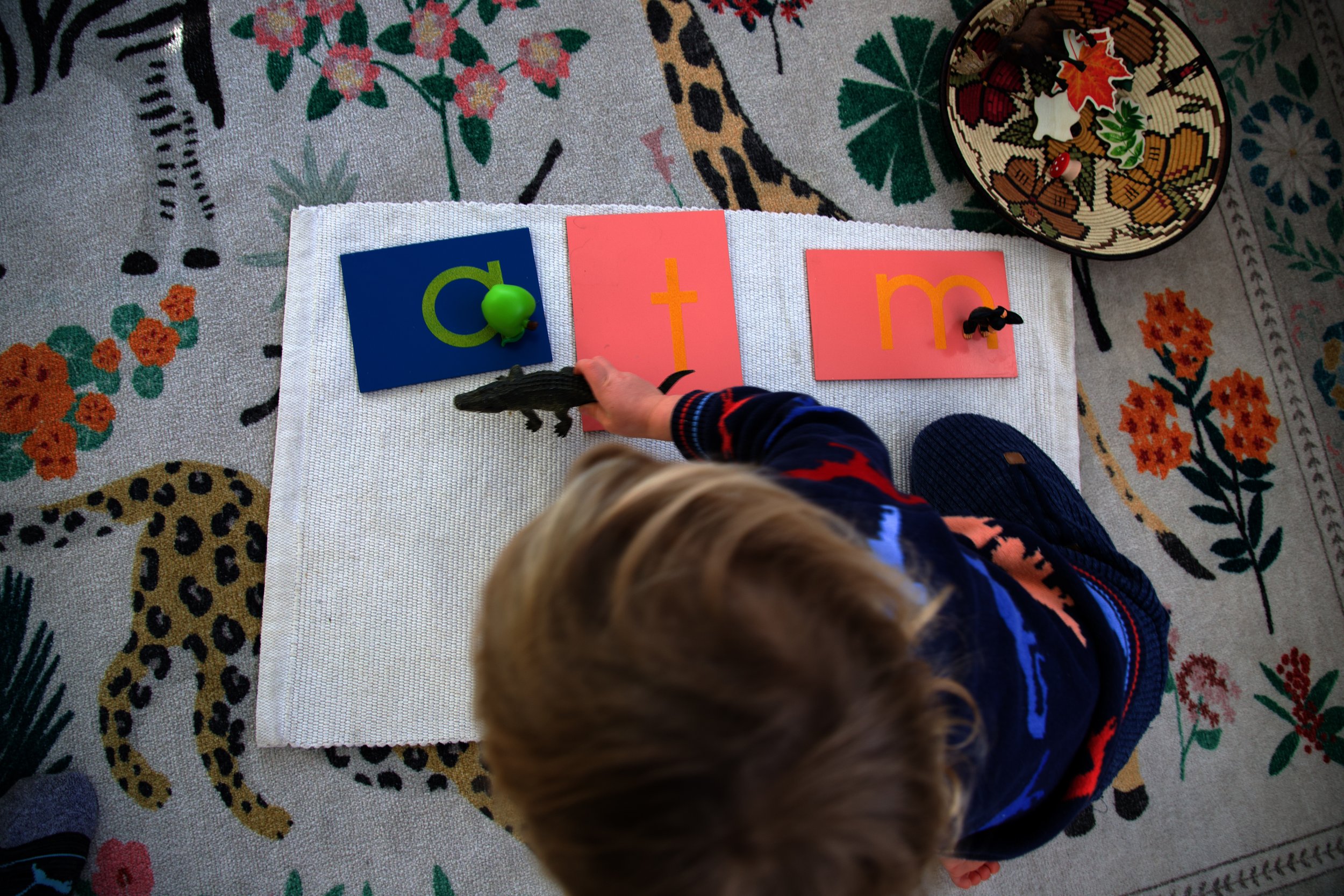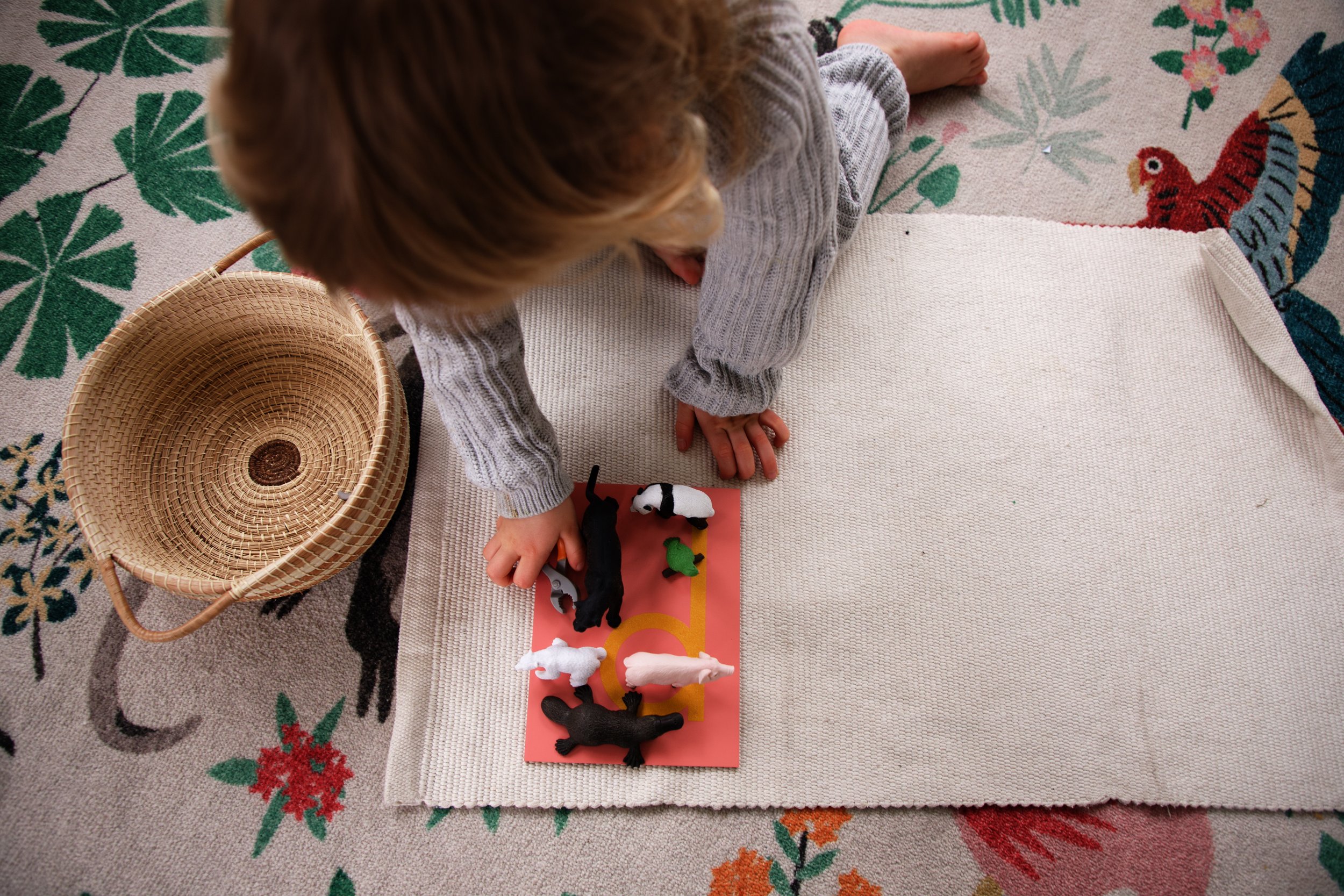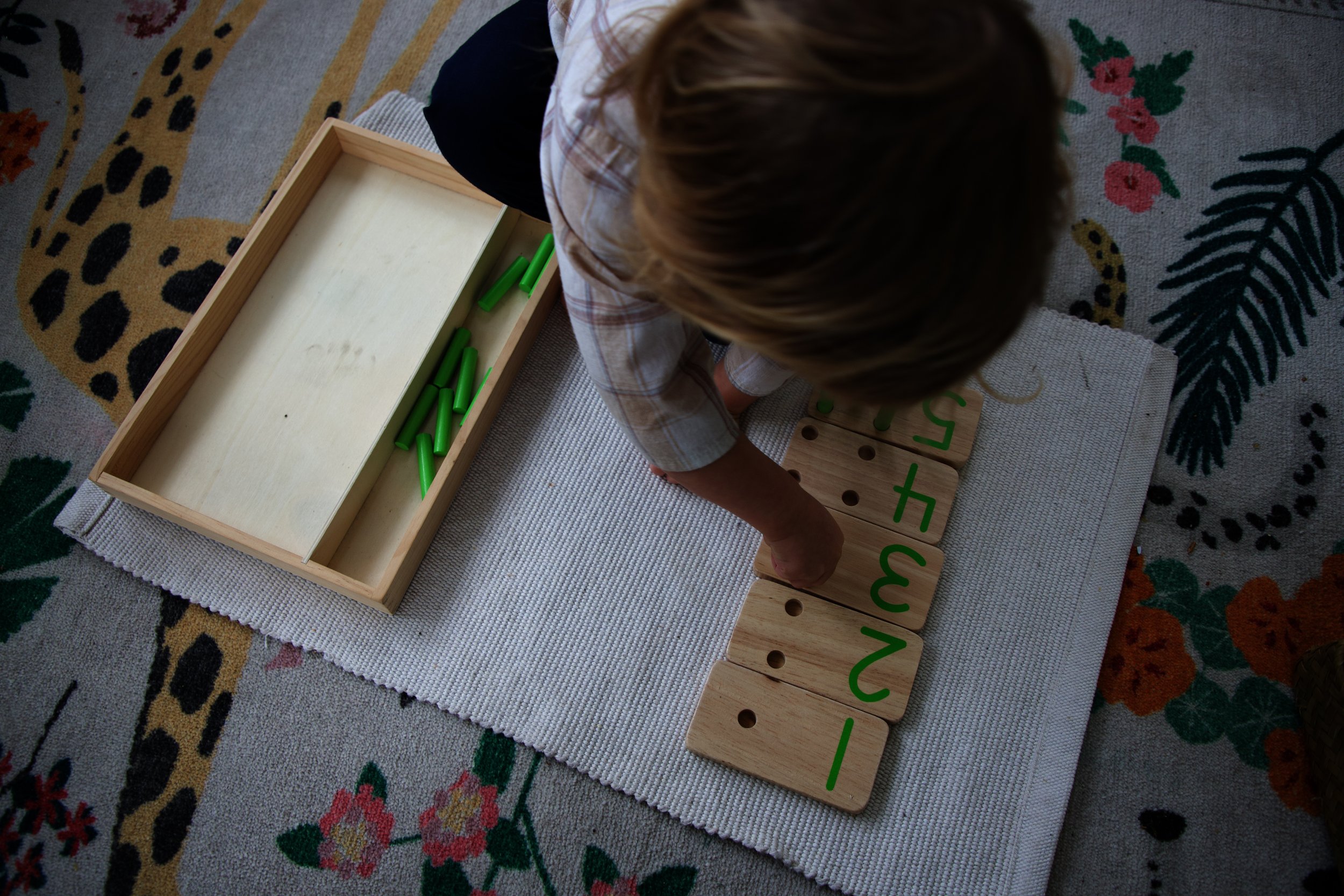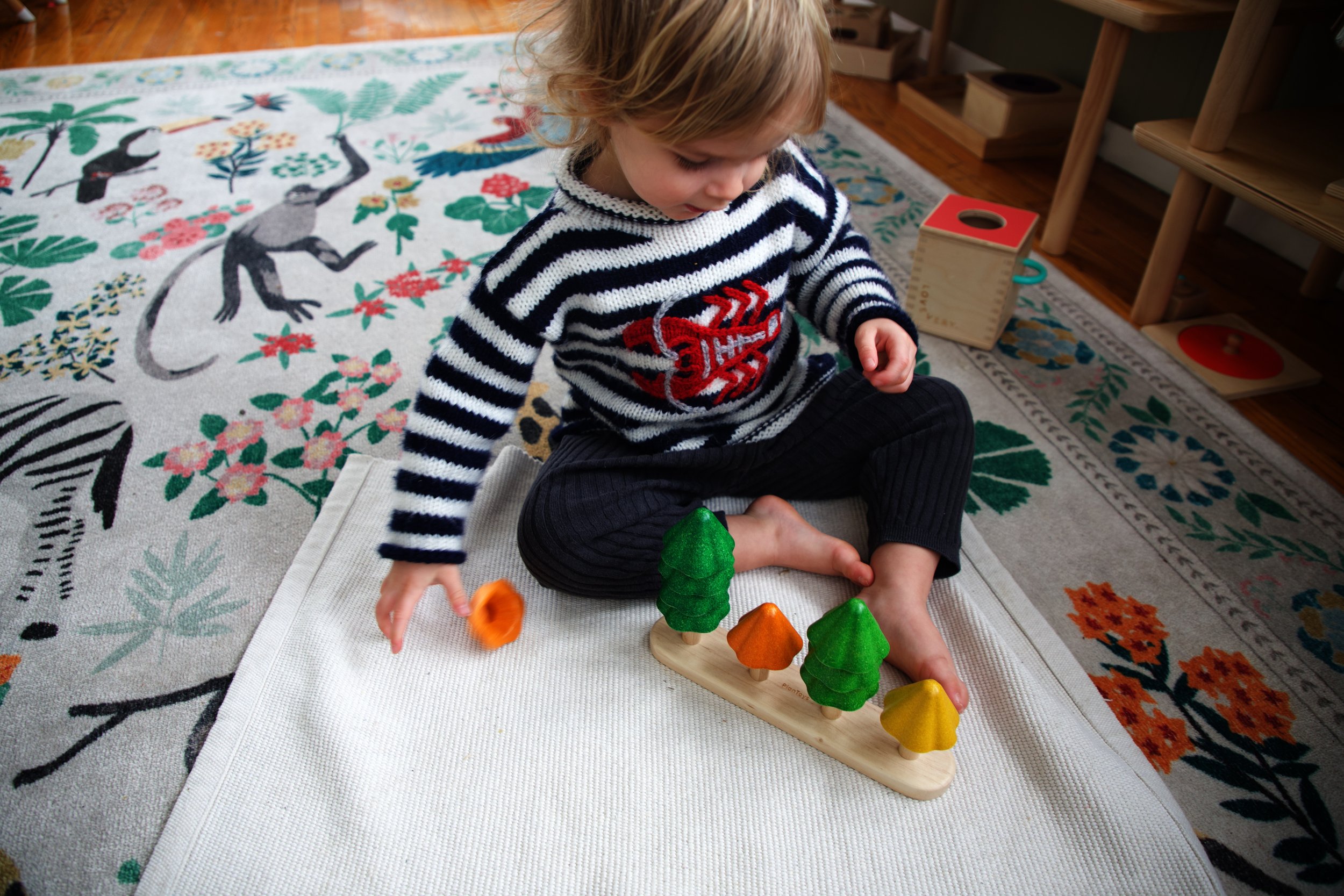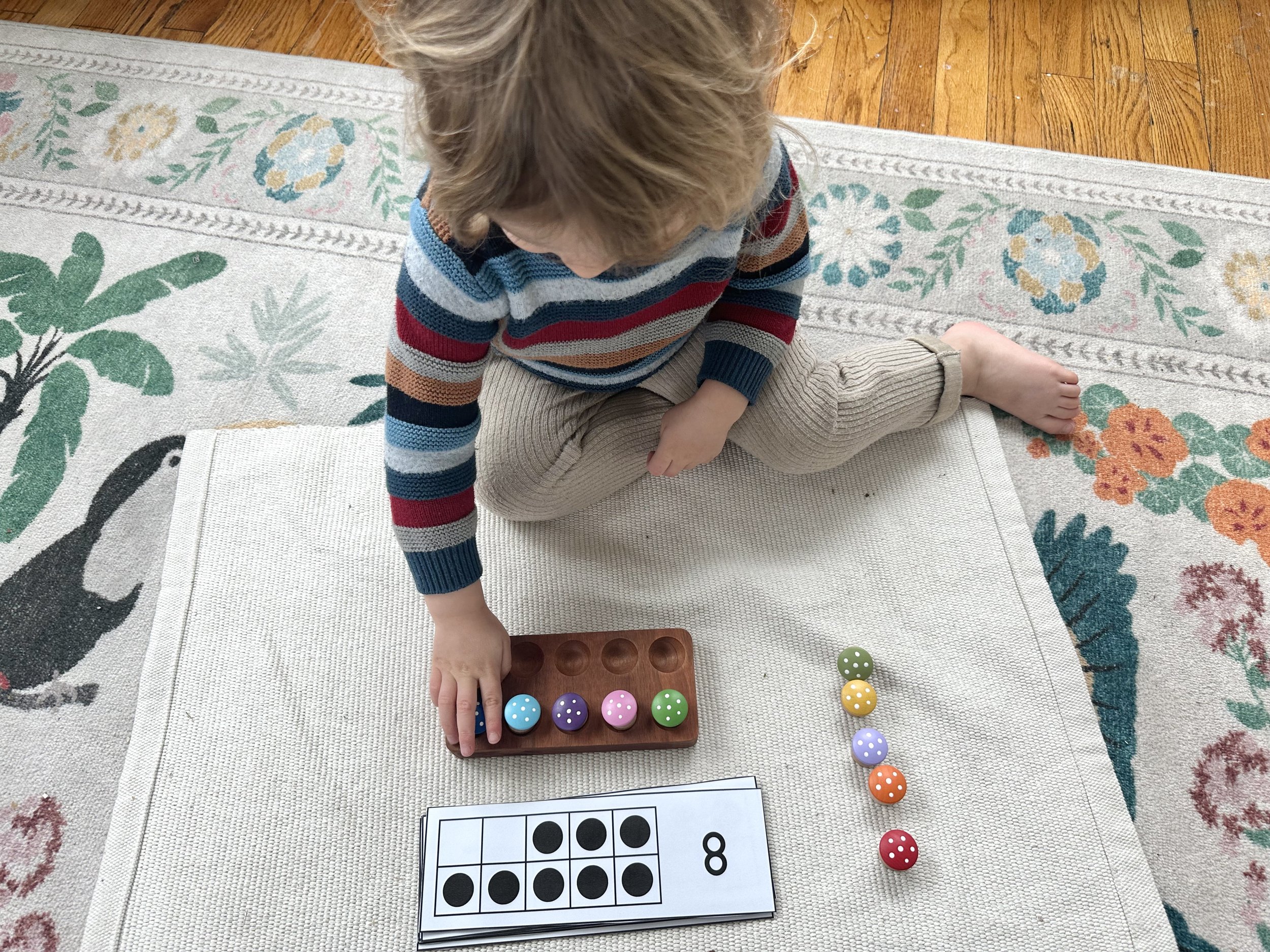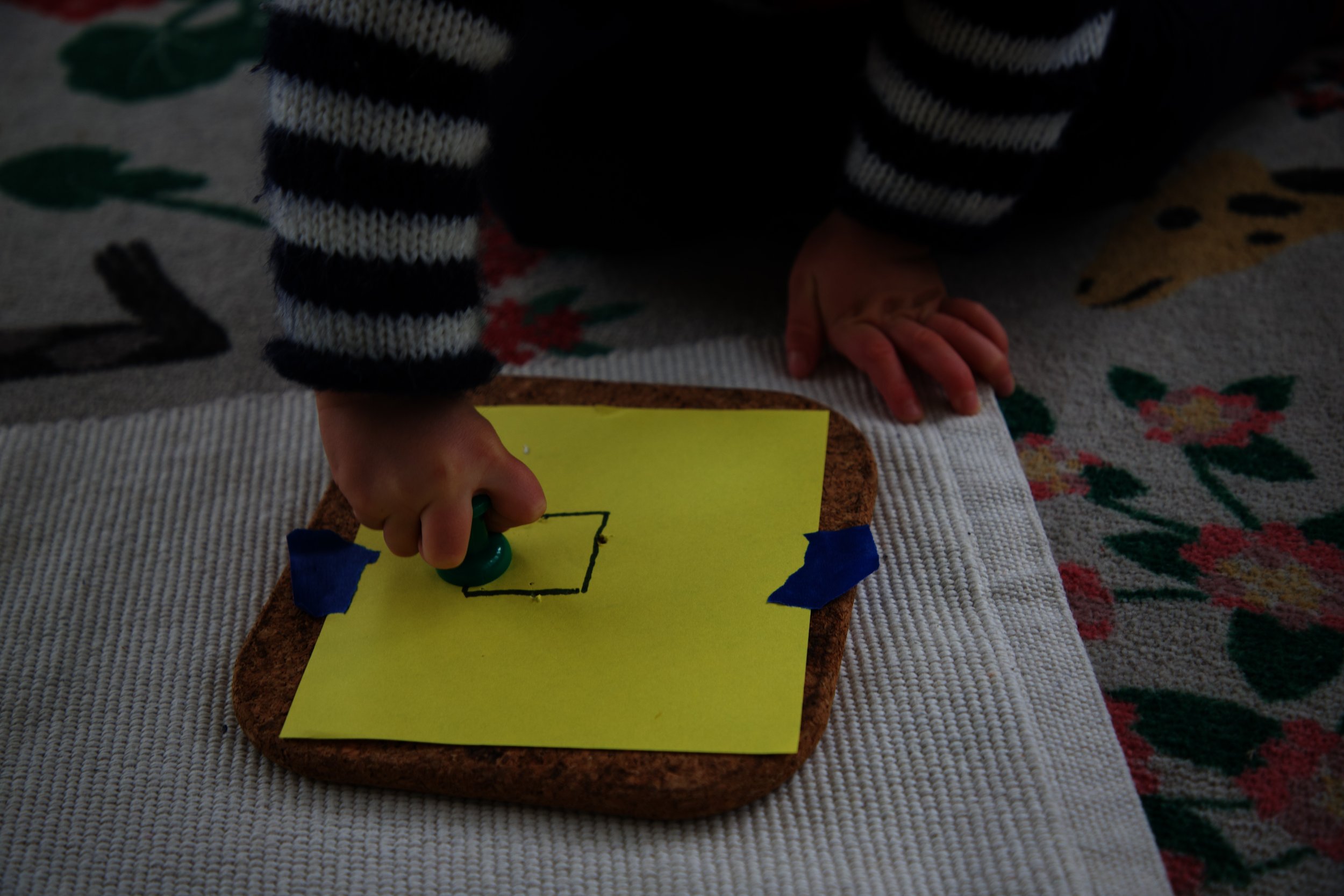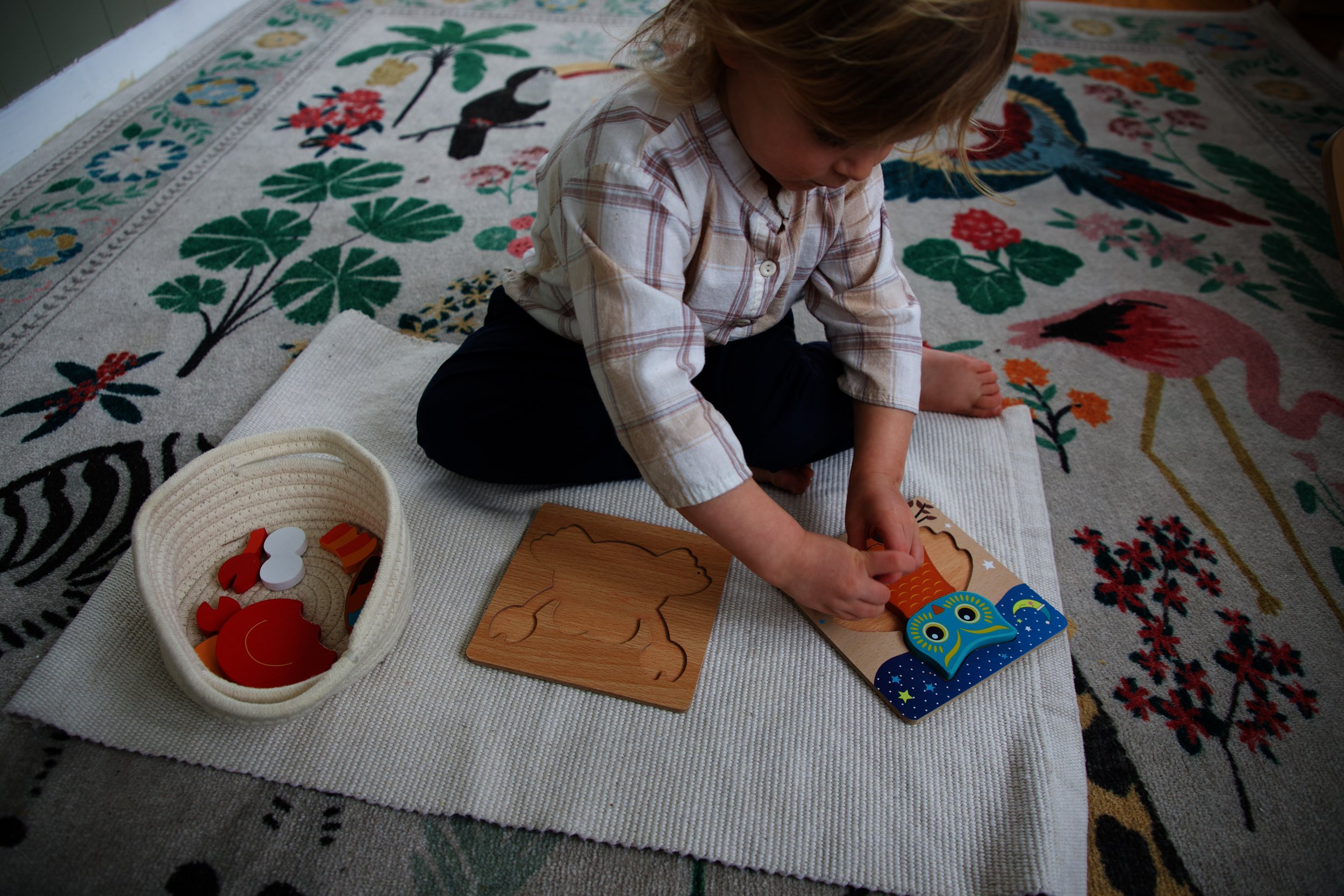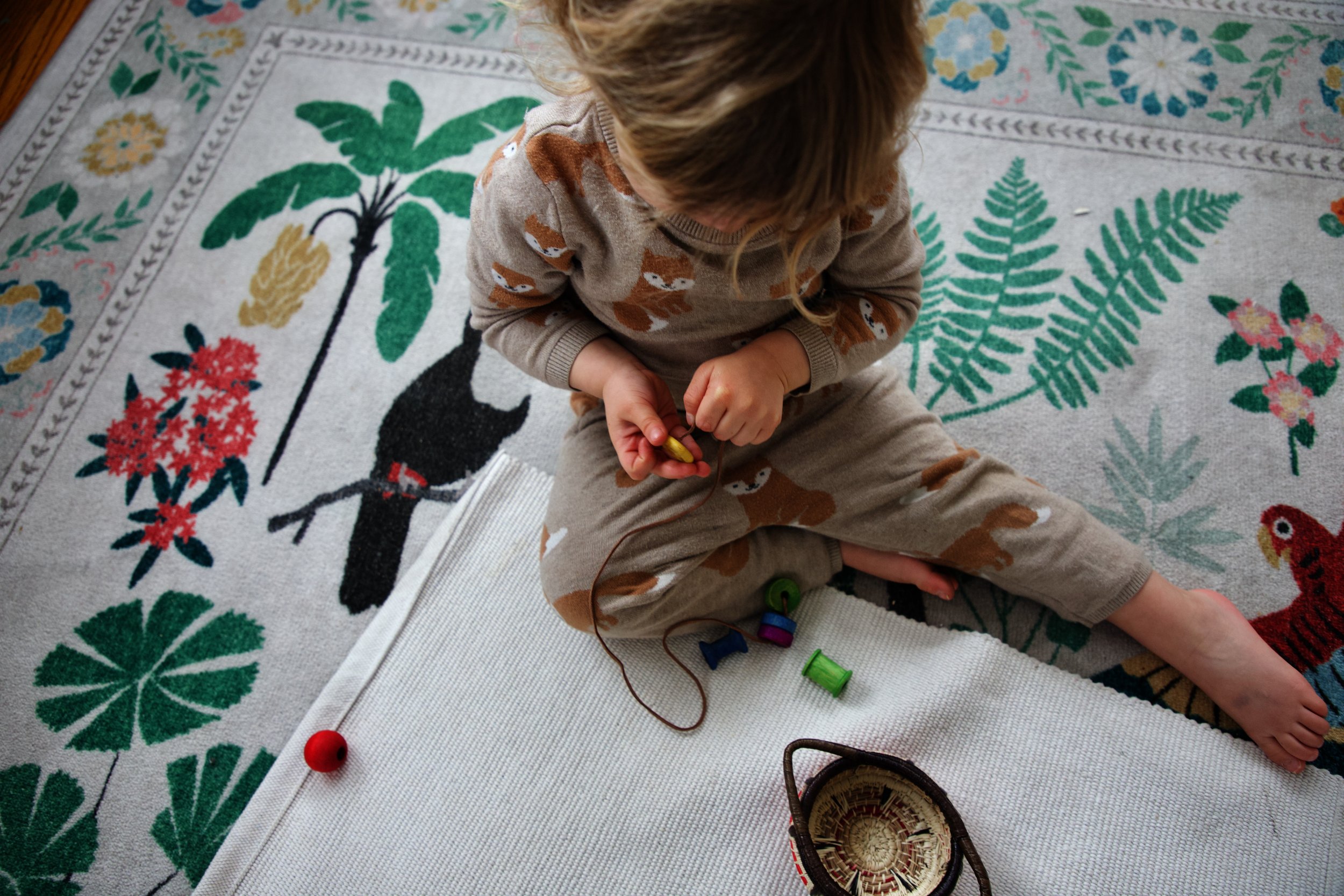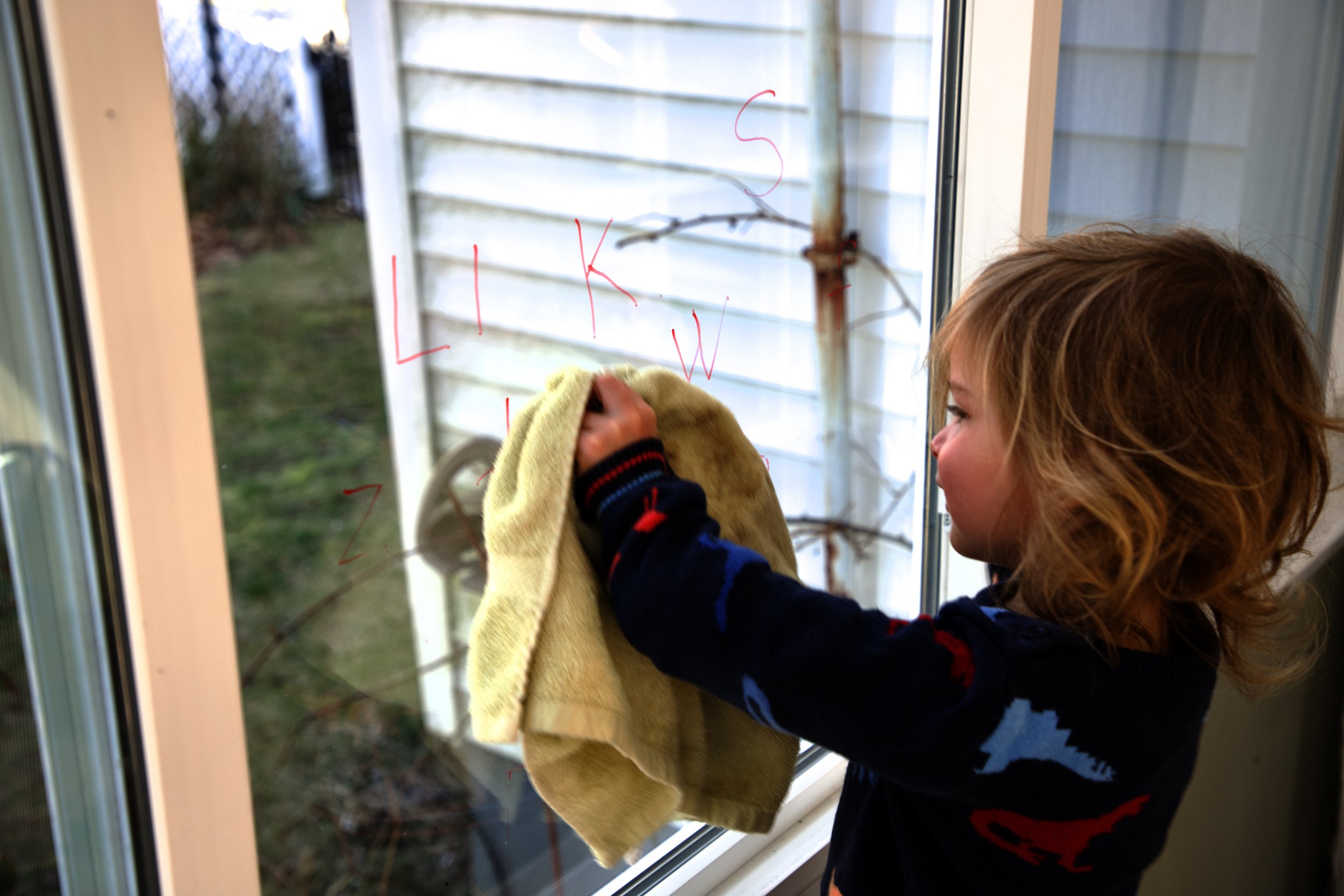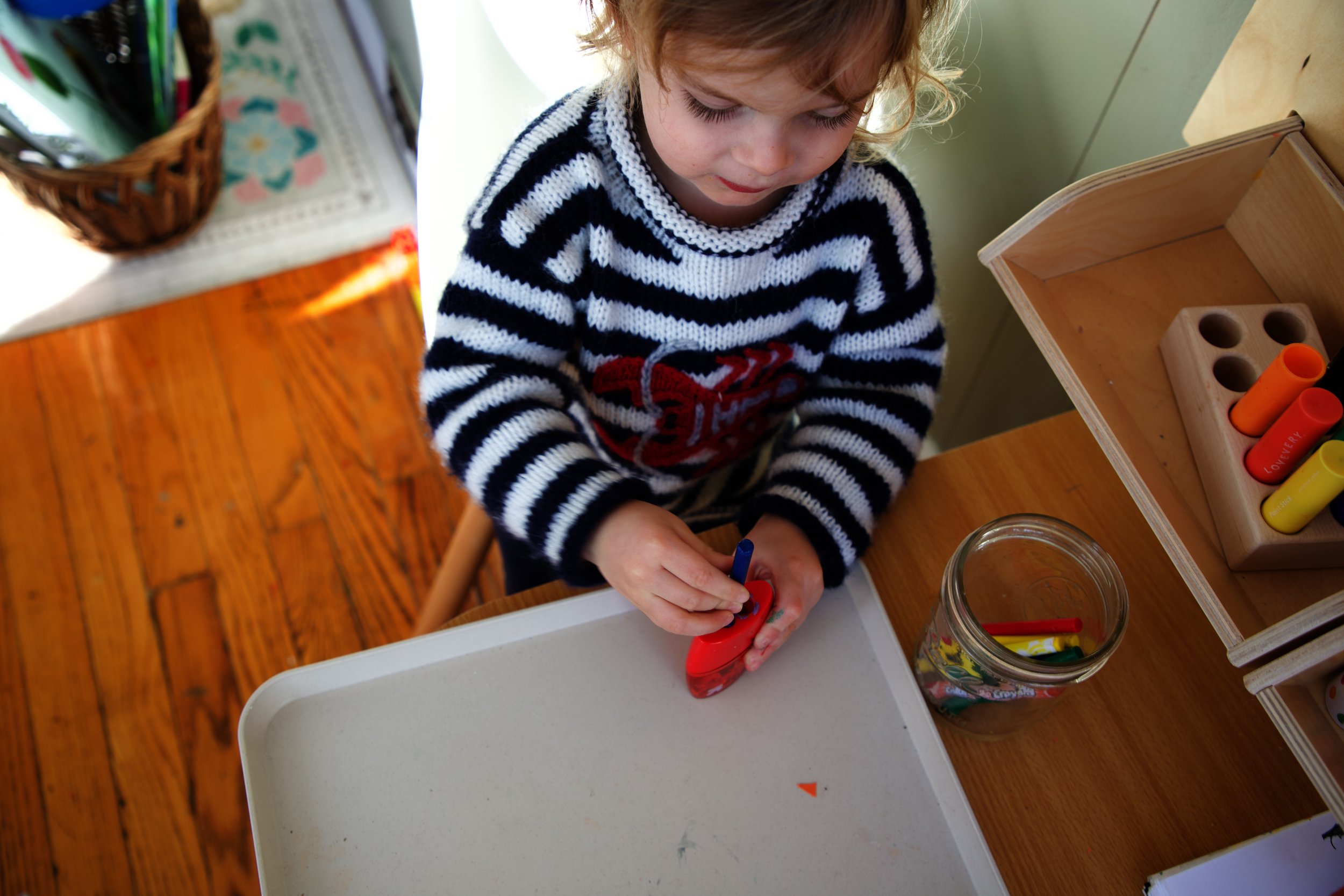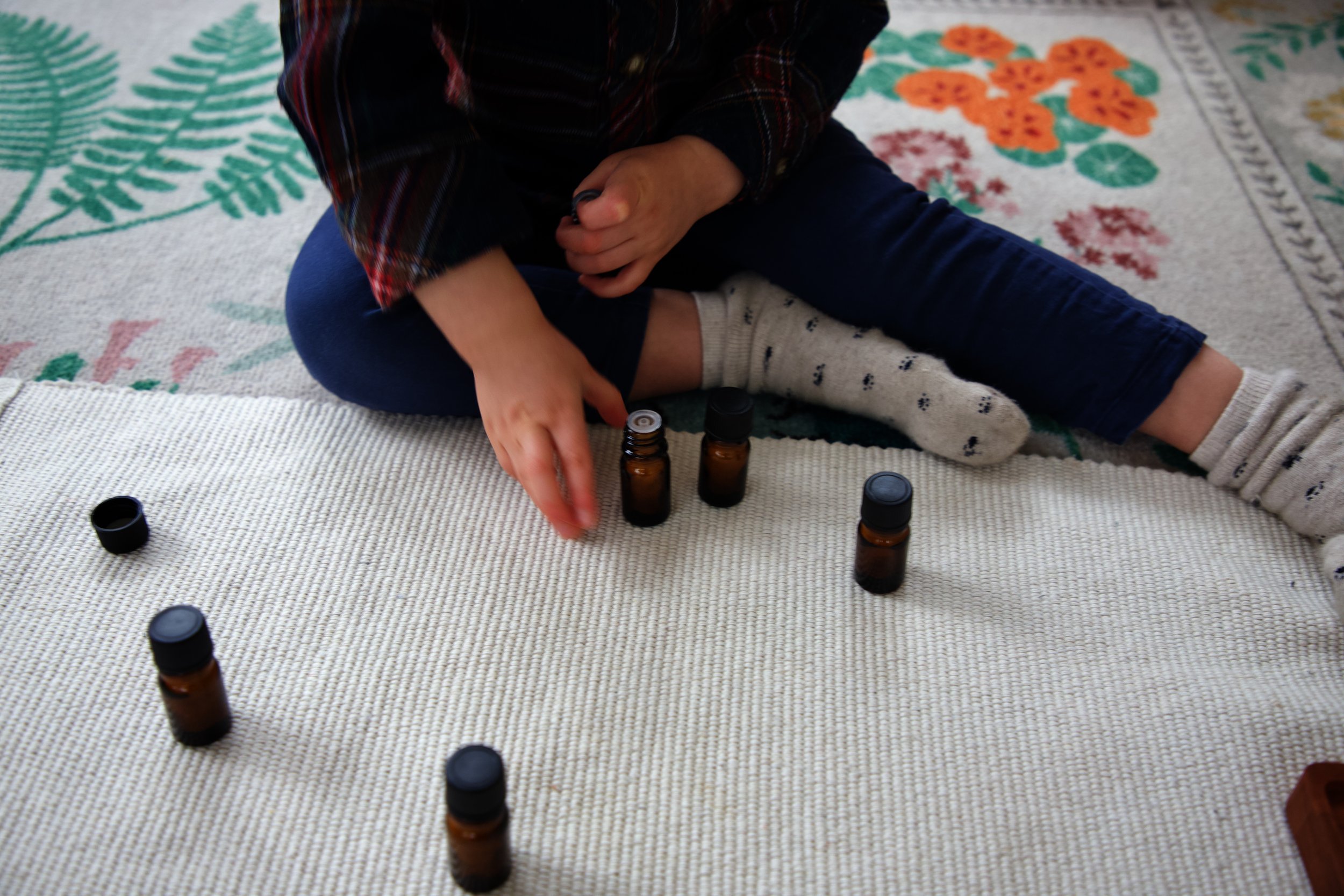Montessori Activities for 2.5-Year-Olds (30-36 Months)
This post may contain affiliate links, which means I may earn a small commission if you buy through my link but does not change your price.
Compiling this blog post shocked me. We did a lot more shelf work between 2.5 and 3 than I thought we had! Shelf work has never been the center of our Montessori home (that would be cooking!) but it has always been one of the learning tools that we use in our home. This blog post shares some of our favorite Montessori shelf-work activities for 2.5 to 3-year-olds. Of course, every child varies in interest and abilities.
I also think it is important to note, this is a small fraction of our time. Starting around 2.5 we began daily shelf-work time in the mornings. This was during my daughter’s nap and allowed us to have some focused time together in our homeschool room. We both really love this time and it was very helpful in creating more of a routine around shelf-work. Practical life in real life (cooking, cleaning, etc), reading books, and movement are still far more central to our lives. This blog post focuses on Montessori shelf-work though, so it does not have open-ended play, much for movement activities, or all the off-the-shelf practical life activities.
Language
Matching Cards: Matching cards are a classic Montessori activity. My son still enjoyed them during this period, though his interest decreased a bit from when he was a younger 2-year-old. We used them to introduce more complex vocabulary, such as tools during this period.
Emotions Matching: This is also a matching activity but I wanted to separate it out as I felt it should have a separate shoutout. We used our emotions peg people to match to photos of people with different emotions. This was a great way to open conversation on different emotions.
Land Sea and Air Sorting: This land, sea, and air sort was a fun and easy DIY that can be used multiple times. We did animals but it can also be done with small vehicle figurines.
Compound Words: 2.5 brought us a lot of language play and one way we played with language was through compound words. Compound words are one of the pre-reading skills I recommend working on with a toddler. Ours had a photo of a compound word and two other photos to make up the compound word. My son then matched the two smaller photos to make the compound word.
Which is Different? Cards: These Which is Different? cards worked on visual discrimination and reasoning though they also had a fine motor aspect with the clothespins! These cards have four different things and he would choose which of those four things did not belong with the others.
Rhyming Puzzles: Rhyming is another pre-reading skill you can work on with a toddler in this period. My son loved to rhyme and these rhyming puzzles were great for matching two rhymes. We started with a small set of them and gradually added more.
Rhyming Clip Cards: I made these rhyming clip cards and my son loved using clothespins to clip the matching rhyme.
Part to Whole Matching: We did tree-to-leaf/flower matching at 2.5 and this was a great language opportunity and an opportunity for more focus on visual discrimination and attention to detail. Matching with exact images may become too easy at this age and this is a nice next step. Something similar can be done with a close-up of a bird wing to the overall bird or an animal’s fur to the whole animal.
Sound Sorts: Interest in letters will vary drastically depending on the child. My son became very interested in letters in the couple months leading up to his third birthday. You can read about his reading journey here. For these I used 3 sandpaper letters and objects beginning with the sound of each of the letters (for vowels make sure it is the short sound, so apple not acorn, for example).
Alphabet Activities: I will not share all of our alphabet activities here because I have a blog post dedicated to that. Interest in the alphabet may or may not emerge during this period. For my son it did but if your child is not interested it is more than okay to wait!
Math
Number Match Puzzles: We got these from the MontiKids big sale at Tiny Earth before they closed down, but there are similar ones available in other places. This works on matching the written number with the quantity, allowing your toddler to practice number recognition and counting. Ours are self-correcting so they will not match up with the incorrect match.
Number Pegs: These numbers pegs are a popular Montessori-inspired math shelfwork for toddlers. They feature a number and holes for that many pegs. These allowed us to practice number recognition and counting.
Comparing Weights on a Scale: We have a great scale we use to compare weights and make hypotheses. You can compare the weight of an item compared to a control (such as math manipulatives) or just compare two different items. I introduced the language of hypothesis here, encouraging him to make his predictions. This gives some concrete understanding that bigger is not always heavier.
Counting Trees: These trees were great for practicing counting in this period and comparing different numbers. There are many different materials that work on this, but counting and subitizing in small quantities are a math skill to work on with a two-and-a-half to three-year-old.
Ten Frame Matching: A ten frame is a fantastic math tool to have in your home. This helps children visualize numbers and better subitize. For our first introduction to the ten frame we started with cards I made that showed the ten frame filled in along with the corresponding printed numeral. Since he didn’t know all the printed numbers at this point this allowed him to match the number of items in his ten frame.
Number Clip Cards: These cards are available in all sorts of different themes. Ours are from Hands on Kids Activities. We did a few to match either holidays or the shelf theme. His interest on these varied but he liked them a lot when we first introduced them. They have a number of objects and then 3 options on the bottom of the written numeral. The child chooses the correct number and places a clothespin there.
Number Sort: I made these number cards and photos with different objects and animals in those quantities. This allowed my son to sort the objects and animals with the appropriate written numbers. This worked on both counting and number recognition.
The Bead Stair: The bead stair is a classic Montessori material that can be useful for number recognition, counting, and ordering quantities from least to greatest.
Fine Motor
Pin Pushing: This activity requires a push pin (a large one is better), a paper with a simple outline, and either felt or corkboard. We used a corkboard but I have heard from others felt actually works better. There also are specific tools you can purchase for this Montessori activity, but we stuck with large pushpins. The goal here is for the child to push holes all around the line so the shape falls out or can be easily popped out.
Puzzles: Puzzles remained a favorite around here at 2.5. Every child is different in their abilities and interests. My son mastered large puzzles early on and during this period I introduced some different types of puzzles along with some more large floor puzzles. A puzzle like the one pictured is a bit different than a jigsaw puzzle so it offered another thing to try. My son also found these puzzles more engaging than I expected because they offered another way to do puzzles that is different from a jigsaw.
Beading: Depending on your child’s fine motor skills there are lots of options for beading in this period. My son moved on to beading with much smaller beads and a thin string. Prior to this, he used a set with a shoestring and larger beads. You can also use pipe cleaners with small beads and other options like that.
Practical Life
Everyday Life: There is so much I could write about in terms of practical life during this period. I am attempting to focus here on shelf work so I am not sharing all of our cooking or cleaning. But, a few favorites include: using the mini stove, cutting with child-safe knives, peeling, mixing, measuring, and pouring. In terms of cleaning, our vacuum is definitely the top choice around here.
Window Washing: The image above is from when we did window washing as part of a letter learning/practical life hybrid. But, it is also a great standalone activity. A spray bottle words on fine motor skills and many children love washing windows!
Nut Cracking: Nut cracking is a great practical life task to introduce because it works on fine motor skills. We offered a variety of nuts to crack in his nutcracker. One note, of course, this must be supervised. Whole nuts are a choking hazard.
Pencil Sharpening: This is another fine motor practical life activity. Crayons will be an easier first step than pencils. We used crayons that we had picked up for free at different restaurants.
Dressing Frames: Usually Montessori prioritizes the real thing, but dressing frames are a bit of an exception. It can be challenging to learn these skills such as buttons, buckles, and snaps with clothes that are on. Dressing frames scaffold that skill, making it easier. We got our set in South Korea, but there are many available on the market in the United States in a variety of prices.
Sensorial
Color Sorting: My son mastered color sorting a while before this but we continued to do it at times with different materials and tools. For example, sorting acorns was enjoyable for him and we added in a math aspect, counting how many acorns there were of each color. I added the spoon to give a bit more fine motor work during this sensorial activity.
Smelling Bottles: While these are available commercially I chose to DIY them both because of price and so that I would know what scents were actually going in there. I used small essential oil bottles, put a few drops of essential oils in, and a cotton ball so that the oil didn’t come out. I did two of each scent so that he could match the scents. On the bottom, I created a control by placing dot stickers. The matching ones had the same color dot sticker.

